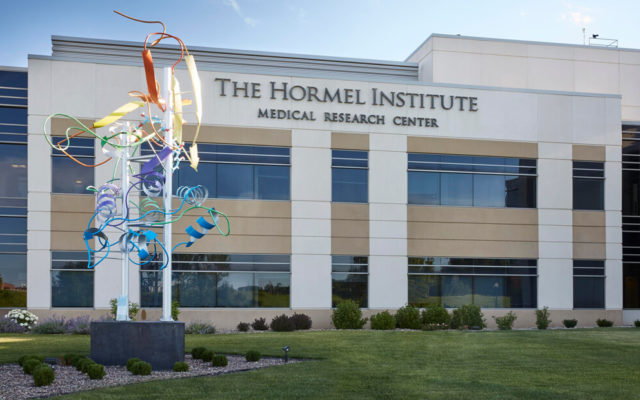Hormel Institute scientists publish discoveries advancing understanding of bile duct cancer

Scientists at The Hormel Institute published new research surrounding cholangiocarcinoma, a bile duct cancer and deadly form of liver cancer with no effective pharmacologic therapy available.
The article “Histone Deacetylase SIRT1 promotes loss of primary cilia in Cholangiocarcinoma” was published in Hepatology (2021). The research was a collaborative effort between The Hormel Institute, the Masonic Cancer Center, Mayo Clinic, and several institutions in Italy. The authors include Dr. Sergio Gradilone, Associate Professor and head of the Cancer Cell Biology and Translational Research lab at The Hormel Institute, and Dr. Kishor Pant, who works in Dr. Gradilone’s lab. Dr. Pant served as first author on this paper.
Cilia are hair-like structures protruding from the cellular membrane. The primary cilium is like an antenna that almost every cell in our bodies have. Research shows that tumor cells eliminate this cellular antenna which gives them the chance to grow and move faster. Therefore, it’s important to understand the mechanisms that cancer cells use to get rid of primary cilia in order to inhibit this process and reduce the growth and migration ability of tumor cells. Dr. Pant and his team of collaborators found one of the mechanisms that bile duct cancer cells use to eliminate cilia.
This discovery could lead to developing new treatments for cholangiocarcinoma.
You Might Also Like







